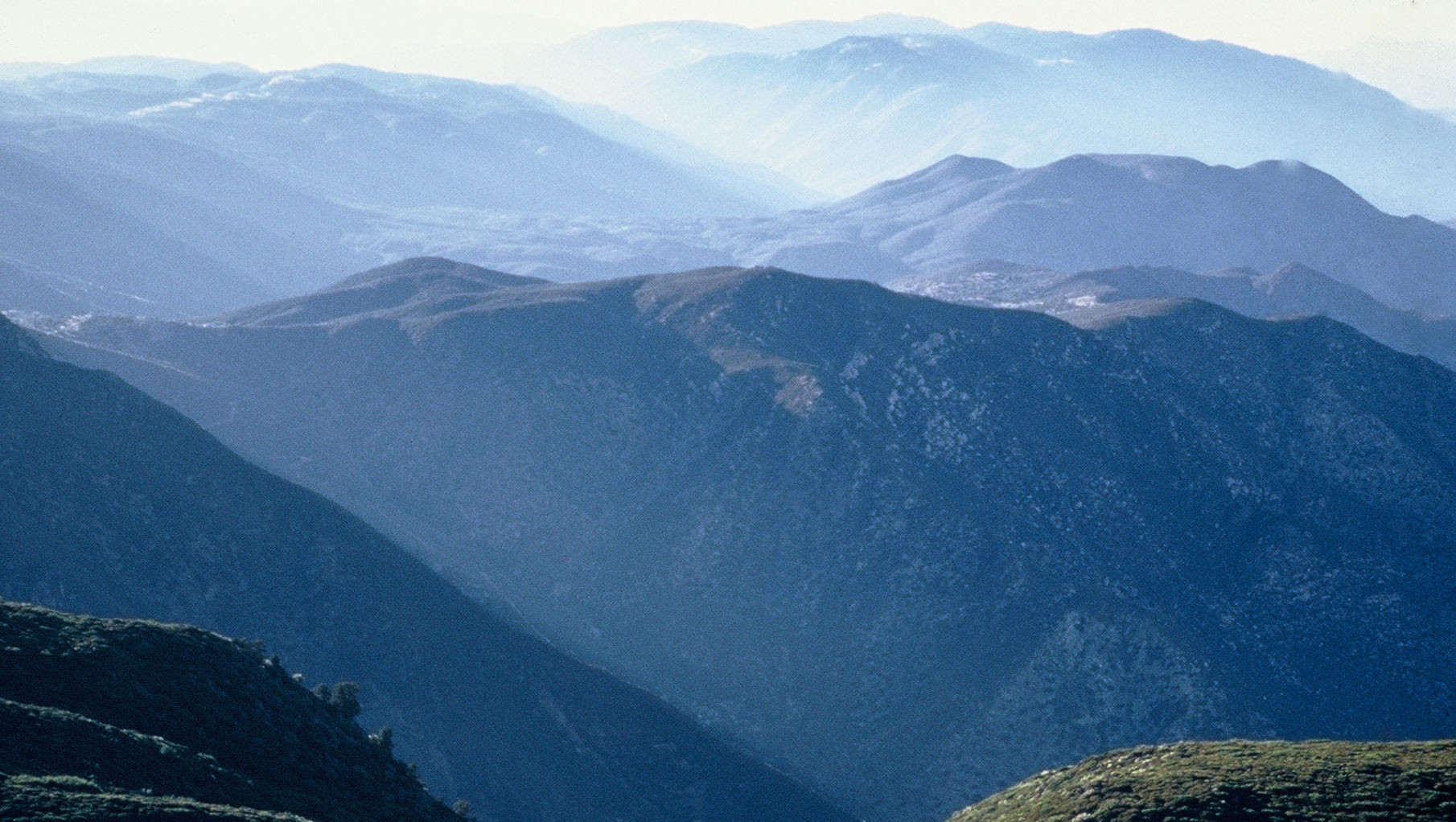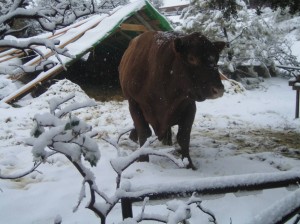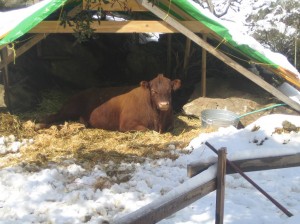For Immediate Release
July 5, 2016
Contact
Jana Clark, (619) 659-8962
Jack Shu, (619) 460-9215
Duncan McFetridge, (619) 659-8962
Cleveland National Forest Foundation
The so-called transit improvements in the proposed SANDAG tax measure for the November ballot are propaganda. Frantic Last minute deal making wastes 7 billion in tax dollars for transit improvements that don’t even add up to a 1st phase transit system.
“This last minute deal making is misleading the public to think they are getting transit when actually it is more of the same- freeways and sprawl,” said Jana Clark of CNFF. “The public is tired of it,” she continued, “what the public wants and needs is a real transit system in the urban core that will make housing, jobs and businesses flourish. When you do that, then biking and walking will also improve and you will make real progress in meeting climate change goals. The new tax is a joke, a prime example of greenwashing by SANDAG.”
Transit-first in our region means completing rail in the four main urban corridors of our region and connecting them at a downtown intermodal hub: North County corridor, Sprinter corridor, Coastal corridor, Downtown San Diego and the South Bay corridor. Experts say this first phase could easily be accomplished in a 10 year period. Without this true transit beginning that both connects the city centers in our region and activates planned mixed use density both in the city centers and along the transit corridors themselves, the so-called transit priority projects being advanced in the tax measure are meaningless.
Another way of saying this is that the so-called transit priority projects recently added to the SANDAG tax measure are piecemeal. As long as we do not have a complete system, we do not have functioning transit in the region. This is also exemplified in SANDAG’s pathetic 3-4% transit mode share goal for 2050 set in the 2015 RTP!
We cannot meet climate change goals for our region and for the CAPs of the cities in our region without dramatic changes in both land use and transportation. From SANDAG’s own website comes this overarching statement: “The goals of the transit strategy are twofold: first, maximize transit ridership in the greater urbanized area of the region; and second, test the role of the transit network to reduce vehicle miles traveled and greenhouse gas emissions. The second goal will help SANDAG comply with Senate Bill 375, which mandates that Metropolitan Planning Organizations develop a Sustainable Communities Strategy to align their transportation, housing, and regional land-use plans with the goal of reducing greenhouse gas emissions.”
“What we the people are asking SANDAG to do is to meet their very own climate and transit goals,” said CNFF director McFetridge, “we don’t want half measures that have promoted sprawl projects like Lilac Hills which is also aiming for a place on the ballot to deceive the people with a pitch for affordable housing, we want transit. With the SANDAG plan, we’ll get 40 years of additional taxes and nothing to show for it.”
The Cleveland National Forest Foundation (www.cnff.org) and (www.transitsandiego.org) is made up of private citizens who believe that action must be taken to protect the remaining undeveloped lands in the forest and that sound regional planning to build sustainable, quality urban communities is fundamental to saving the integrity of our wilderness areas.
###





